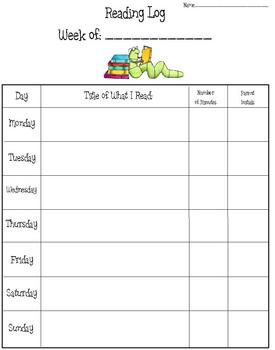We are doing our children and our students and ourselves a huge disservice.
Somehow, we have taught ourselves that the news should be presented without bias. Somehow, we have internalized the idea that bias in reporting is wrong. We will gleefully label the “liberal media” or the “conservative think tank” or the “corporate machine” but paradoxically demand that there must be some truly unbiased side to the story. We accept the concept that perception is reality, but yet we hold on to the belief that a “truth” remains, somewhere in the middle of all of the ideology. We insist that “objectivity” is possible.
The unfortunate result is that our media caters to our demands. Talking heads will present dangerous views of the anti-vaxxers next to the medical expertise of the entire pediatric community, as if they both deserve equal airtime. News agencies will validate the voice of the climate change deniers by allowing them talk time right along with the nearly unanimous voice of science. In our “two sides to every story” mythology, we engender the misnomer that there ARE, in fact, two—and only two—sides...
And somehow, we, as a country, have bought into the concept that the law must be objective. We insist that judges and juries and court cases can and should somehow be “unbiased.” We pretend that those interpreting and applying the law must somehow live in a bubble, free from the influence of anything they might inadvertently see or hear or experience during their entire lifetimes.
In the classroom, somehow, we have taught our students that bias is bad. We teach them that every argument has a counterargument; we insist that they address the counterargument in their writing; we pretend that both sides of every argument should be given equal value and airtime. We demand “objectivity” in their writing and in their sources; we have taught them that what they find online must be “unbiased.” We insist that information with bias cannot be used when they are researching. In essence, we have told them that bias is bad.
But let’s take a step back for a moment, and consider the ridiculousness of what we are teaching. As an example: if we are asking our students to research child abuse, should they search only for unbiased information? Is there a pro/con site on child abuse? Should they present the counterarguments for rebuttal? If they are to create a meaningful and well-researched piece on child abuse, should this be done without bias?
Here’s the thing: bias just IS. It’s not good. It’s not bad. It just IS. And there is no way for us to be “unbiased” or for a jury to be without bias, or for a textbook or a piece of canonical literature or an informational text or a journalist’s article about an event to be written without bias. We are all biased in every single aspect of our lives. Our biases are the lenses through which we view the world. Our upbringing, our peers, our religious, social, and cultural beliefs, our race, our gender, our age, our socio-economic status, our nationalism, and the micro-aggressions we experience and we internalize...these are our lenses of bias through which we view the world. We cannot escape our biases.
But we CAN be aware of them, and we can be highly cognizant of our worldviews and of the sources we find that corroborate our worldviews. And we MUST be aware of the biases that exist in all aspects of our lives. Instead of fruitlessly searching for “unbiased information,” we must unpack the biases of the information we find, measure that information against our understanding of the world, and use that information to broaden our horizons.
We are doing our children and our students and ourselves a disservice if we continue to pretend that information without bias exists. We need to stop deceiving ourselves with the belief that every argument has a counterargument that is equally valid. We need to stop giving airtime to “the other side” so that we can feel good about our own research and journalism and present ourselves as “fair and balanced.” Our biases are what make us uniquely us; it is only in recognizing our own biases and challenging them, and simultaneously recognizing the biases in others, that we can begin to have intelligent and informed conversations about our world.







